Quantum Error Correction
Introduction
Quantum error correction (QEC) is a set of techniques in quantum information theory that are designed to protect quantum information from errors due to decoherence and other quantum noise. Quantum error correction is essential for quantum computing and quantum communication systems.
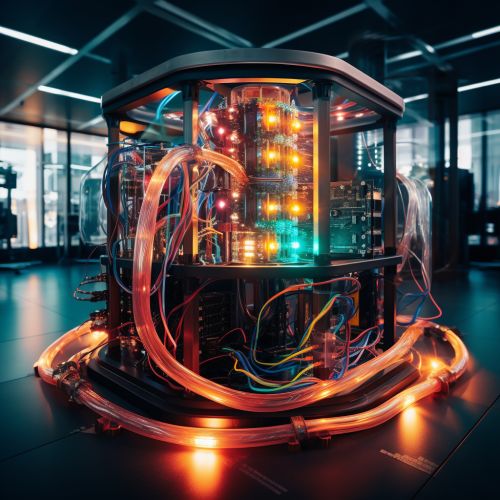
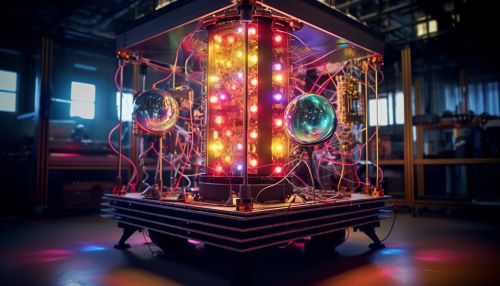
Quantum Errors
In classical computing, errors occur when bits flip from their intended state. These errors can be corrected using classical error correction techniques. However, in quantum computing, errors can occur in more complex ways due to the unique properties of quantum mechanics. Quantum errors can be categorized into two types: bit flip errors and phase flip errors.
Bit Flip Error
A bit flip error is similar to a classical error. It occurs when a quantum bit, or qubit, flips from one state to another. For example, a qubit in the state |0⟩ may flip to the state |1⟩, or vice versa.
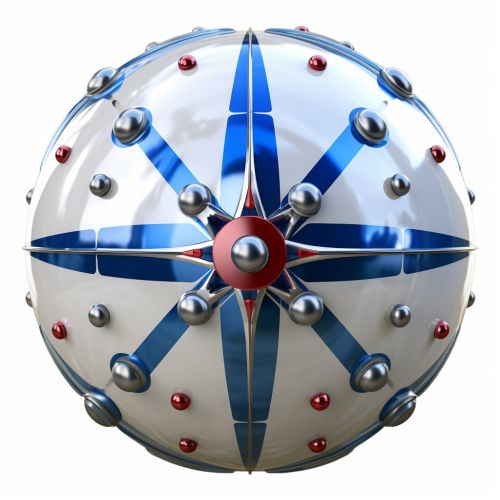
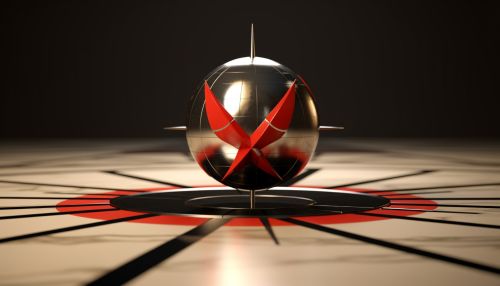
Phase Flip Error
A phase flip error is unique to quantum systems. It occurs when the relative phase between the |0⟩ and |1⟩ states of a qubit is flipped. This type of error is more subtle and difficult to detect than a bit flip error.
Quantum Error Correction Codes
Quantum error correction codes are designed to correct quantum errors. These codes work by encoding a logical qubit into multiple physical qubits. By spreading the information of one qubit across multiple qubits, it is possible to detect and correct errors without directly measuring the state of the logical qubit, which would destroy the quantum information.
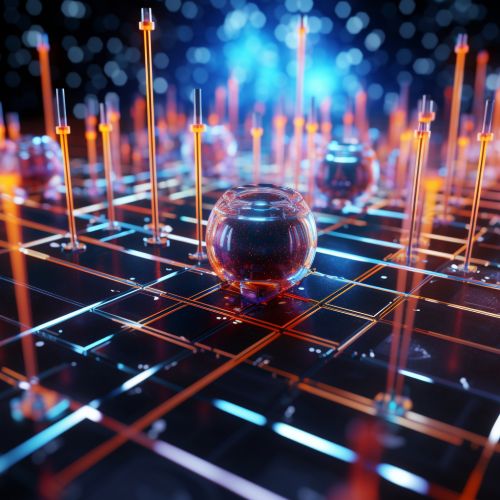
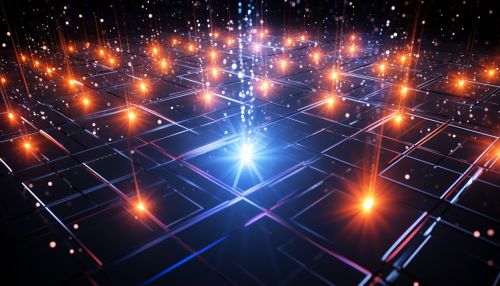
Shor's Code
Shor's code is a quantum error correction code that can correct both bit flip and phase flip errors. It encodes a single logical qubit into nine physical qubits.
Steane's Code
Steane's code is another quantum error correction code that can correct both bit flip and phase flip errors. It encodes a single logical qubit into seven physical qubits.
Surface Codes
Surface codes are a family of quantum error correction codes that are currently the most promising for implementing fault-tolerant quantum computing. They use a two-dimensional array of qubits and can tolerate a higher error rate than other codes.
Quantum Error Correction in Practice
Implementing quantum error correction in a physical quantum system is a major challenge. It requires precise control over quantum states and the ability to perform complex quantum operations. Despite these challenges, there has been significant progress in recent years.
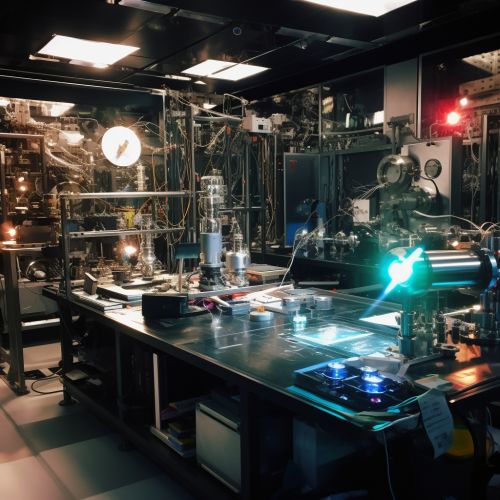
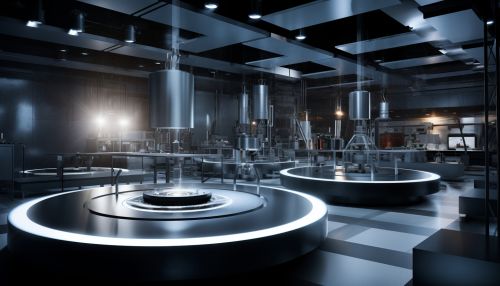
Future Directions
The field of quantum error correction is still in its early stages, and there are many open questions. Future research will focus on developing more efficient error correction codes, improving the precision of quantum operations, and designing quantum systems that are naturally resistant to errors.
